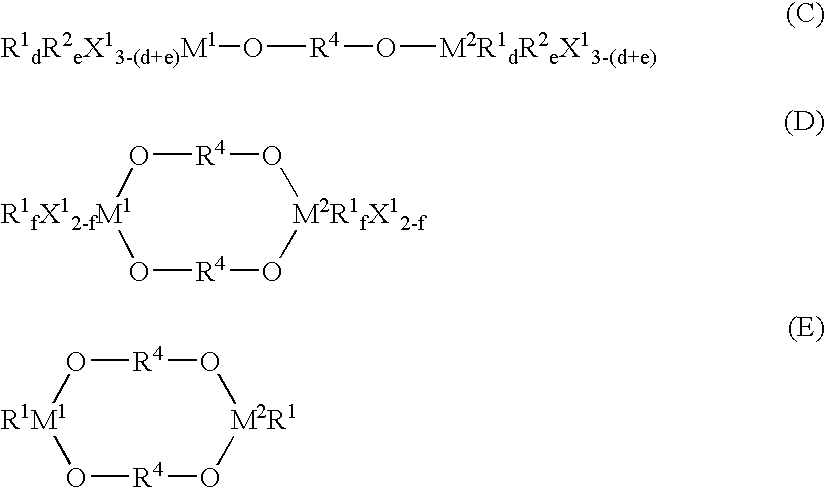Supported catalyst for producing syndiotactic styrenic polymer with high productivity and significantly reduced reactor fouling
a technology of syndiotactic polystyrene and supported catalyst, which is applied in the direction of catalyst activation/preparation, organic compound/hydride/coordination complex catalyst, physical/chemical process catalyst, etc., can solve the problem of low flow-ability of the product, unsatisfactory morphology, and difficulty in preparing a supported catalyst having acceptable activity for producing syndiotactic polystyrene, etc. problem, to achieve the effect o
- Summary
- Abstract
- Description
- Claims
- Application Information
AI Technical Summary
Benefits of technology
Problems solved by technology
Method used
Image
Examples
examples 24
were carried out in the same manner as Example 1 except that triisobutyl aluminum was used at 40, 60 and 80 mmol / L in Examples 2, 3 and 4, respectively. The resulting data were shown in Tables 1 and 2.
examples 5-8
Preparation of sPS-Catalyst Support
To a dried 250 ml flask equipped with a magnetic stirring bar, 10 g of syndiotactic polystyrene (sPS) powder (Laboratory-made, powder size: 20.about.150 mesh, Mw: 1,280,000, Mw / Mn=2.95), 0.5 g of SAN (poly(styrene-co-acrylonitrile)) (product by Samsung Cheil Industries Inc., acrylonitrile content: 23 wt %, Mw: 90000) and 80 ml of toluene were added under a nitrogen atmosphere. The resulting slurry was allowed to stir at room temperature for 2 hours for completely dissolution of the SAN polymer, and then toluene was removed by decantation followed by vacuum. Thus, a white well-flow powder was obtained. To the white powder, 2 mmol of methylaluminoxane (MAO) in 80 ml toluene was added at room temperature. The slurry was kept at room temperature with stirring for 30 minutes, and then toluene was removed by decantation followed by vacuum. As a result, a white finely divided solid was obtained as an sPS-catalyst support.
Polymerization bv Using sPS-Cataly...
examples 6-8
were carried out in the same manner as Example 5 except that isobutyl aluminum was used at 40, 60 and 80 mmol / L in Examples 6, 7 and 8, respectively. The resulting data were shown in Tables 1 and 2.
PUM
| Property | Measurement | Unit |
|---|---|---|
| temperature | aaaaa | aaaaa |
| temperature | aaaaa | aaaaa |
| melt index | aaaaa | aaaaa |
Abstract
Description
Claims
Application Information
 Login to View More
Login to View More - R&D
- Intellectual Property
- Life Sciences
- Materials
- Tech Scout
- Unparalleled Data Quality
- Higher Quality Content
- 60% Fewer Hallucinations
Browse by: Latest US Patents, China's latest patents, Technical Efficacy Thesaurus, Application Domain, Technology Topic, Popular Technical Reports.
© 2025 PatSnap. All rights reserved.Legal|Privacy policy|Modern Slavery Act Transparency Statement|Sitemap|About US| Contact US: help@patsnap.com



